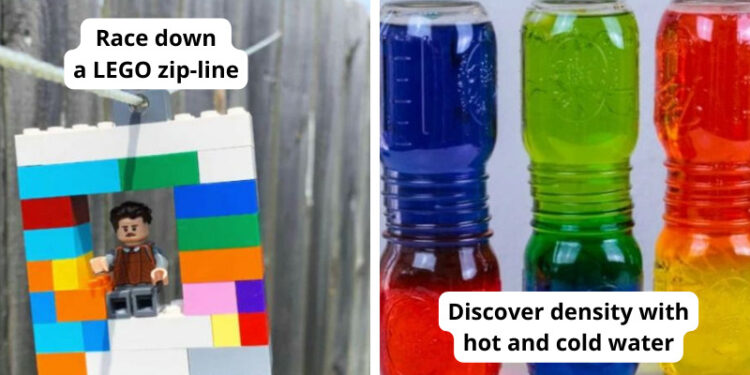There’s something so fascinating about hands-on science experiments and projects. They make learning so meaningful and so much fun! These fifth grade science activities help kids explore biology, physics, chemistry, and a whole lot more. Try one at the science fair, or use a few to liven up your lesson plans.
1. Race down a LEGO zip-line
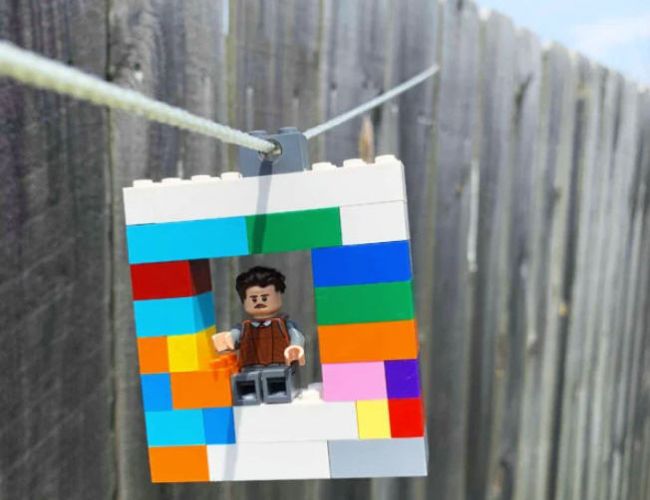
Every kid loves LEGO bricks, so incorporate them into your fifth grade science activities! Challenge kids to design and build their own zip-line. You can set the parameters, like distance and slope, then let students get to work.
Learn more: 123 Homeschool 4 Me/Zipline
2. Slow your roll
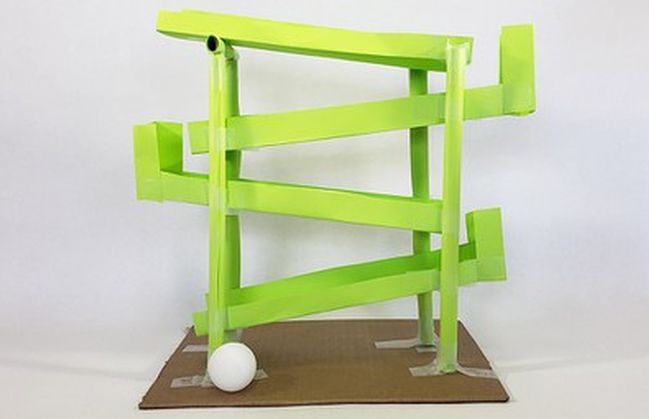
Ball run challenges are always fun, but this one has a twist. Your goal is to build a run that gets the ball to the bottom in the slowest possible way!
Learn more: Science Buddies/Ball Run
3. Erupt a salt dough volcano
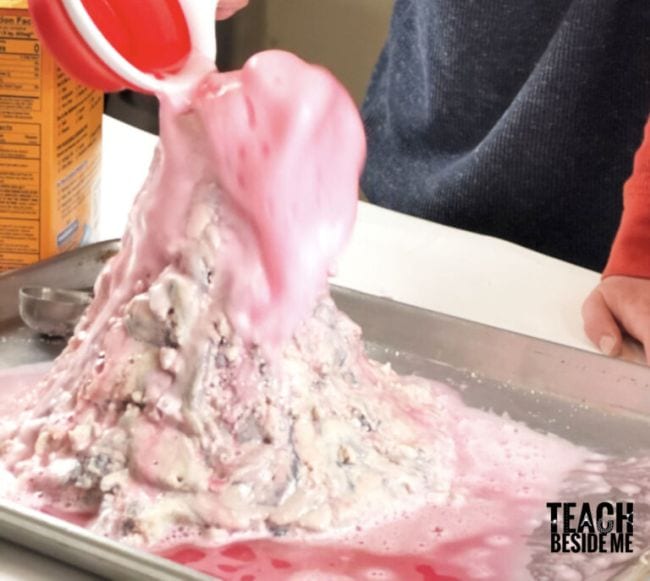
Need a science fair project? Go with a classic: the volcano! This one’s made from salt dough, which is easy to work with and inexpensive to make.
Learn more: Teach Beside Me/Salt Dough Volcano
4. Peel an orange to understand plate tectonics
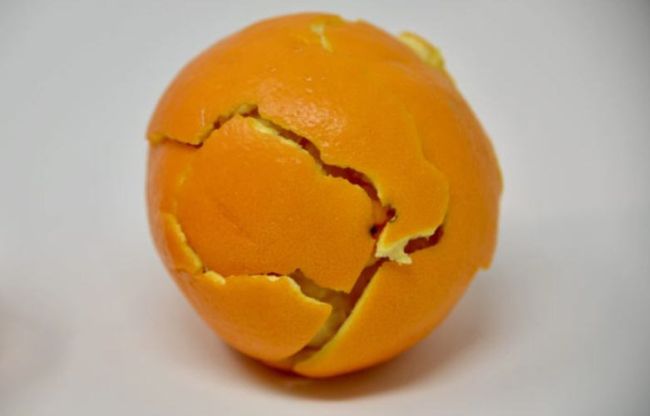
If students are learning earth science, use an orange to make plate tectonics easier to understand. Peel it, then reassemble it and look at the pieces as plates floating on the earth’s mantle.
Learn more: Science Sparks/Orange Tectonics
5. Discover the strength of eggshells
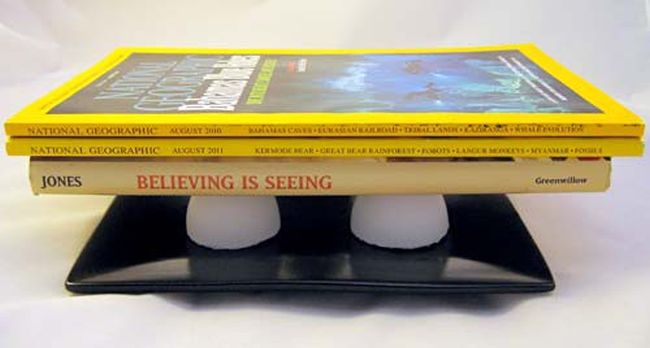
We think of eggshells as very fragile, but their shape makes them surprisingly strong. Try this experiment to learn why arches are such a useful shape in architecture.
Learn more: Science Buddies/Eggshell Arches
6. Fly clothespin airplanes
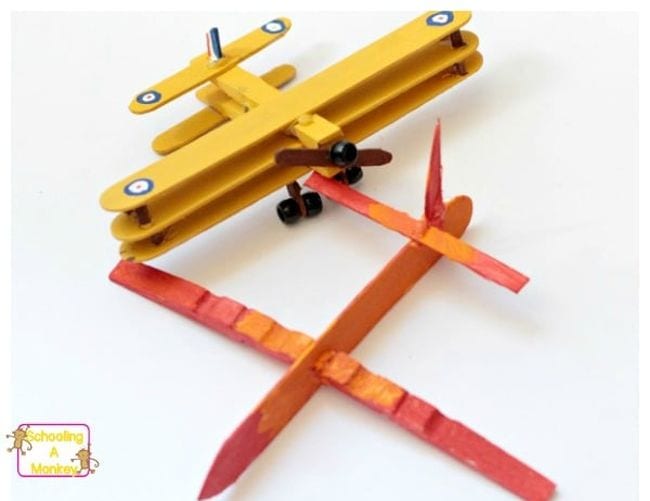
Put your fifth grade science students’ engineering skills to the test. Provide them with clothespins and wood craft sticks, and challenge them to build a realistic airplane. Bonus points if it can actually fly!
Learn more: STEAMsational/Clothespin Airplane
7. Demonstrate the “magic” leakproof bag
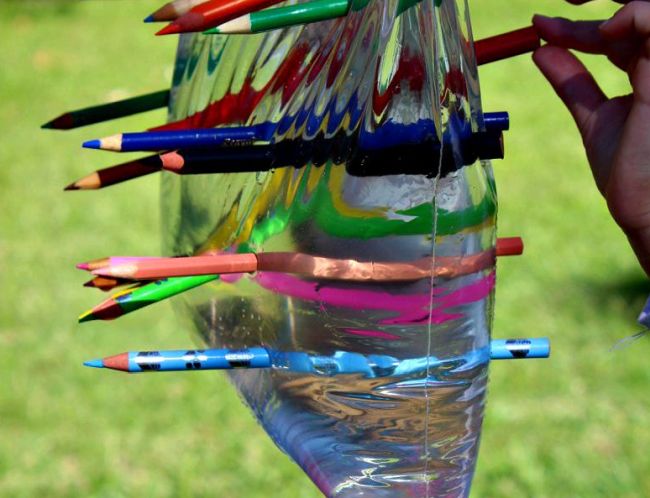
So simple and so amazing! All you need is a zip-top plastic bag, sharp pencils, and some water to blow your students’ minds. Once they’re suitably impressed, teach them how the “trick” works by explaining the chemistry of polymers.
Learn more: Paging Fun Mums
8. Explore the science of glow sticks
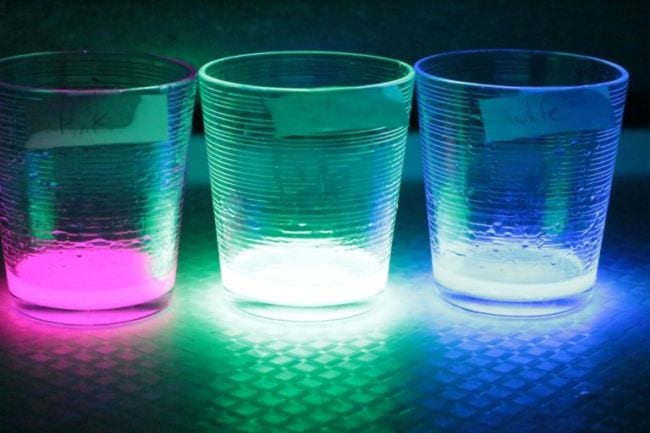
Glow sticks are always a big hit with kids, so they’ll have a terrific time learning about the chemical reactions that make them work.
Learn more: A Dab of Glue Will Do
9. Stop soil erosion with plants
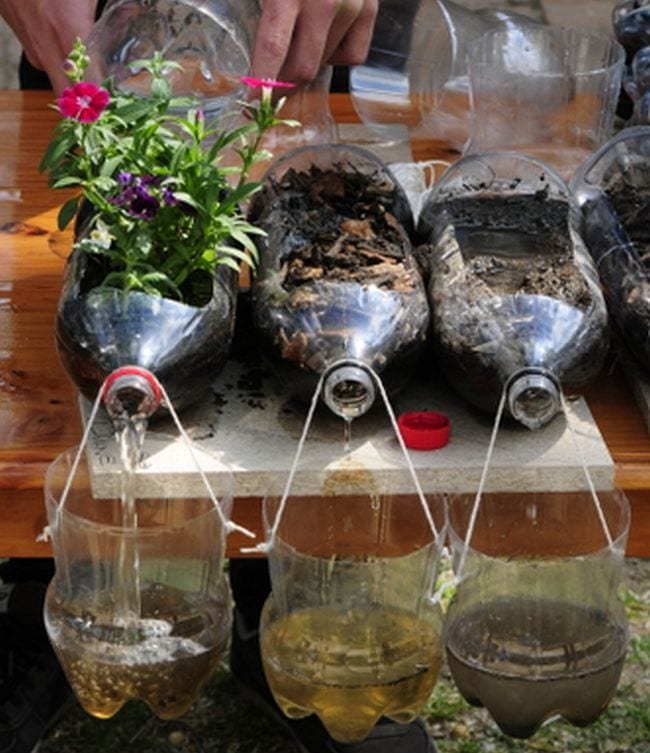
Soil erosion is a serious problem, leading to natural disasters like landslides as well as causing problems for farmers, who lose valuable topsoil. Try this experiment to learn how plants help keep soil in place naturally.
Learn more: Life Is a Garden
10. Fill a bubble with dry ice vapor
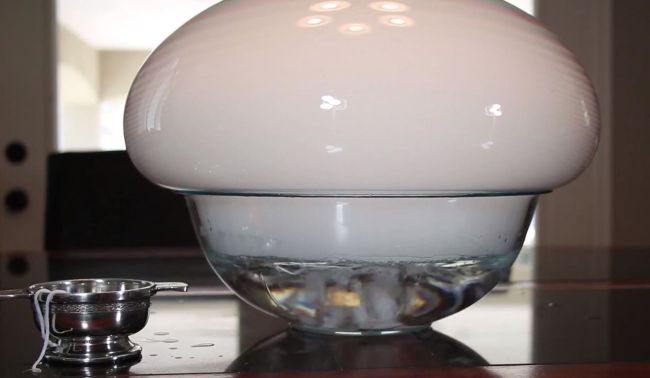
Discover the science of sublimation by turning dry ice from a solid directly into a gas. Then play around with surface tension as the resulting vapor fills a giant bubble. This one is so cool to see in action!
Learn more: Wonder How To
11. Grow crystal snowflakes
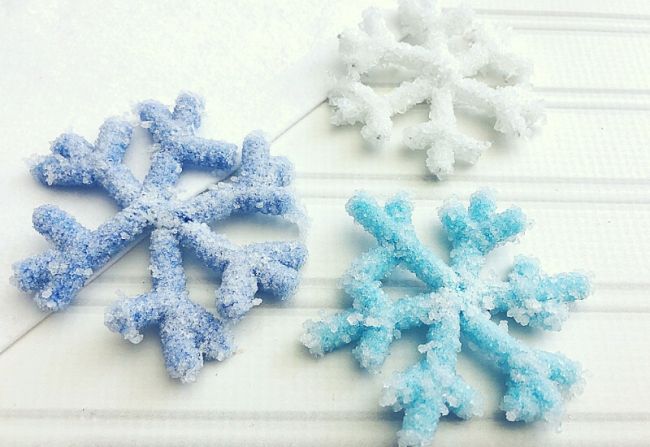
Kids love crystal projects, and this one results in winter decorations for your classroom. Your students will learn about supersaturated solutions and crystallization. (See more winter science activities here.)
Learn more: Little Bins for Little Hands
12. Spin a candle carousel
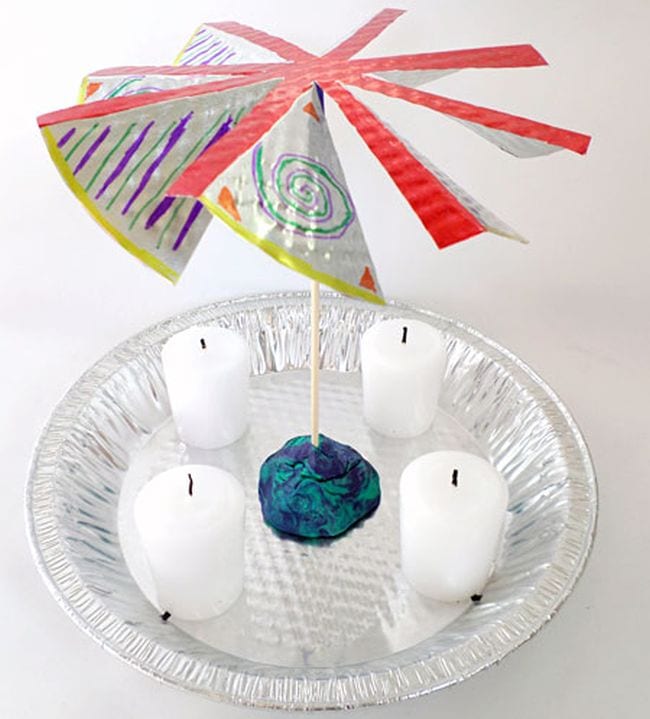
Prove that hot air rises by using candles to spin a homemade pinwheel “carousel.” Then experiment to see how the number of candles affects the spinning speed.
Learn more: Science Buddies/Candle Carousel
13. Escape from quicksand
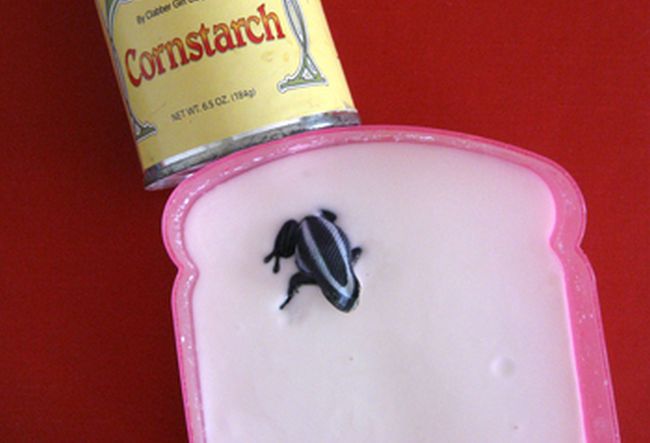
Dive deep into the science of quicksand and learn about saturation and friction along the way. You’ll create a small “quicksand” pool from cornstarch and water, then experiment to find out the best ways to escape.
Learn more: Education.com/Quicksand
14. Write in invisible ink
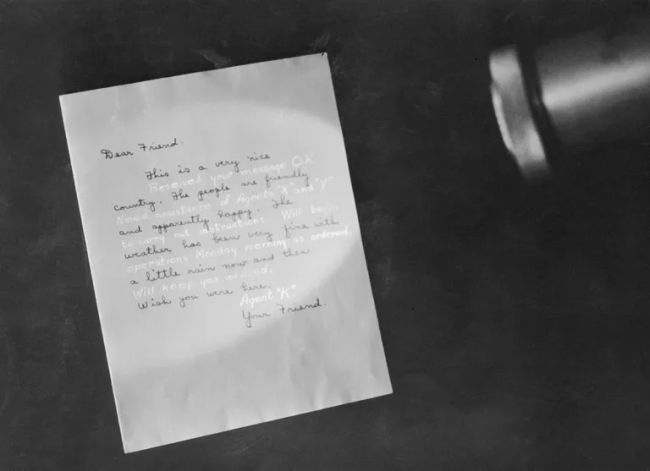
Kids will love swapping secret messages with their friends in this acid-base science project. Mix the water and baking soda and use a paintbrush to write a message. Then use grape juice to expose the message or hold it up to a heat source.
Learn more: ThoughtCo
15. Set off a chain reaction
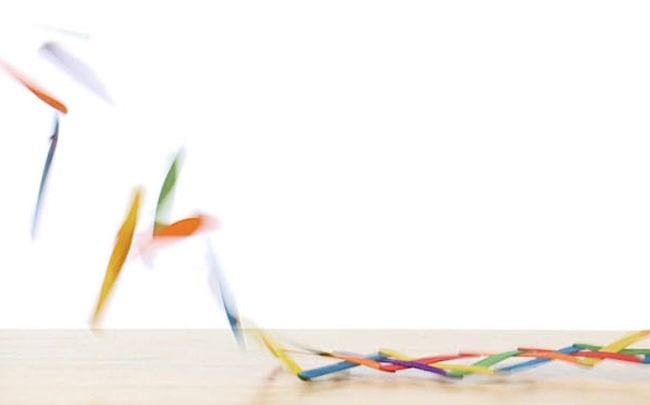
Learn about potential and kinetic energy when you try this cool fifth grade science experiment. All you need are wood craft sticks and a bit of patience.
Learn more: Steve Spangler Science/Craft Stick Chain Reaction
16. Play catch with a catapult
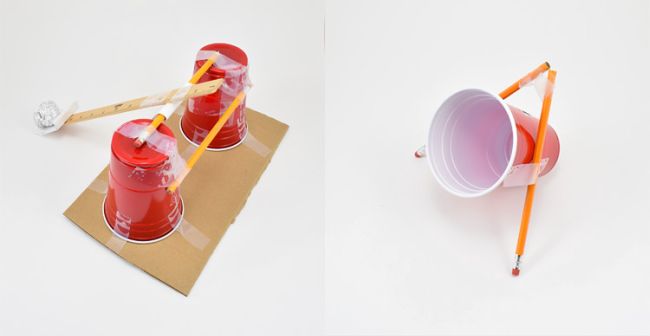
This take on a classic fifth grade science project challenges young engineers to build a catapult from basic materials. The twist? They also must create a “receiver” to catch the soaring object on the other end.
Learn more: Science Buddies/Catapult Catch
17. Find out if water conducts electricity
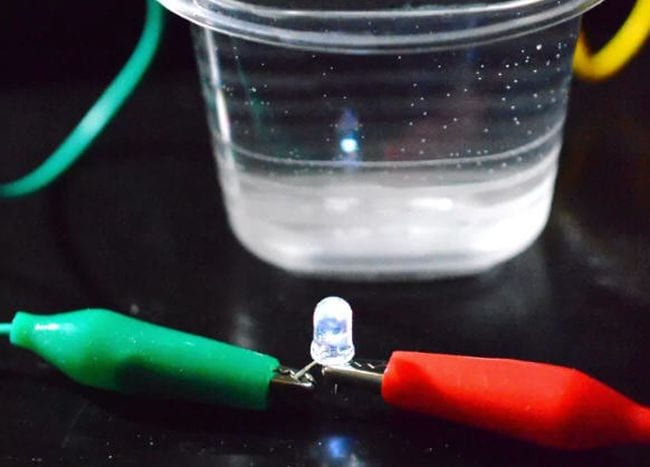
We always tell kids to get out of the water as a storm approaches. This fifth grade science project helps explain why.
Learn more: Rookie Parenting
18. Bounce on a trampoline
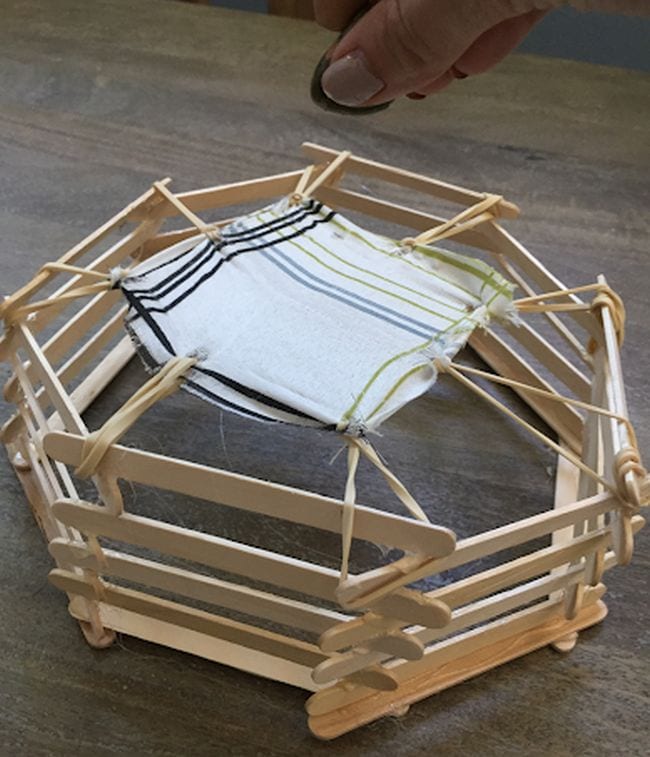
Kids love bouncing on trampolines, but can they build one themselves? Find out with this totally fun STEM challenge. Plus, check out more fifth grade STEM challenges here.
Learn more: Student Savvy
19. Float a marker man
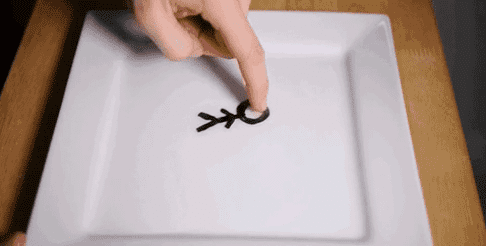
Kids’ eyes will pop out of their heads when you “levitate” a stick figure right off the table! This experiment works due to the insolubility of dry-erase marker ink in water, combined with the lighter density of the ink.
Learn more: Gizmodo
20. Build a solar oven
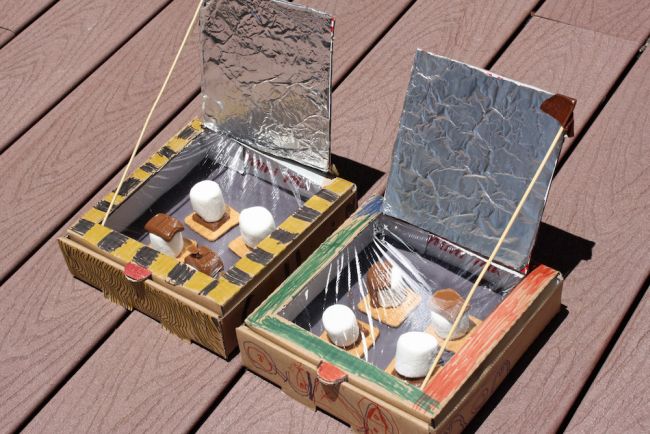
Learn about the value of solar energy by building an oven that cooks food without electricity. Enjoy your tasty treats while discussing ways we can harness the energy of the sun and why alternative energy sources are important. (Love edible science projects? Get more ideas here.)
Learn more: Desert Chica
21. Launch your own bottle rocket
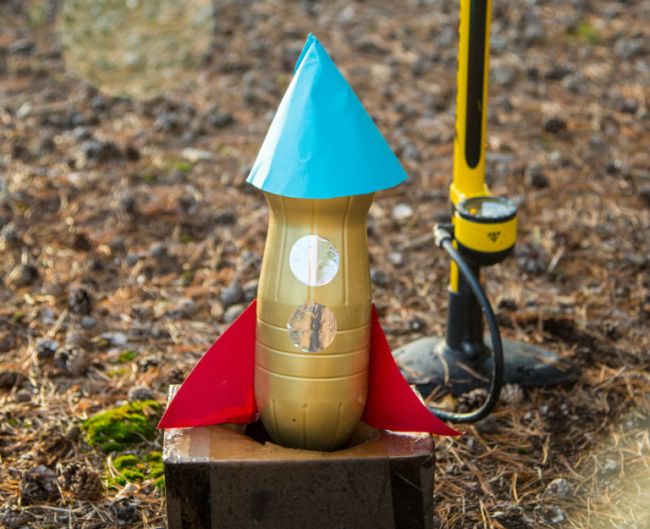
Blast off with a few supplies and a little help from the laws of motion. Encourage kids to design and decorate their rockets first and see which one can fly the highest!
Learn more: Science Sparks/Bottle Rocket
22. Build a snack machine
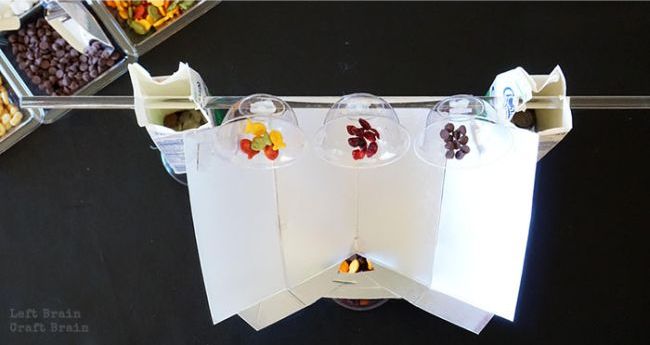
Incorporate everything students learn about simple machines into one project when you challenge them to build a snack machine! Using basic supplies, they’ll need to design and construct a machine that delivers snacks from one location to another. (Get more candy experiments here.)
Learn more: Left Brain Craft Brain
23. Explode a soda geyser
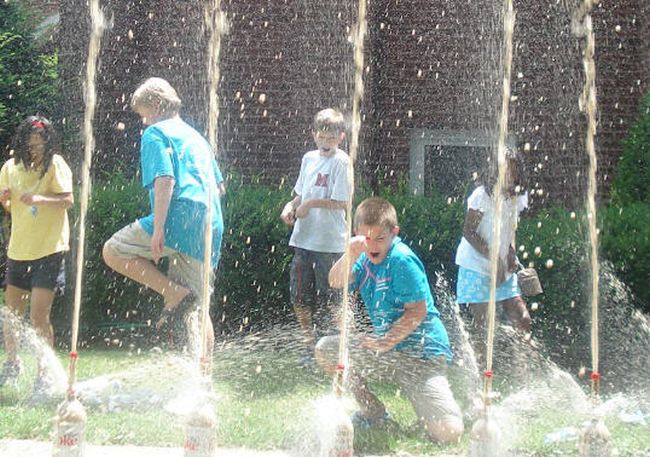
Kids never seem to tire of this messy project involving diet soda and Mentos candy. You’ll need a big open area to conduct this experiment, which teaches kids about gas molecules and surface tension.
Learn more: Steve Spangler Science/Mentos and Coke
24. Watch the heart beat with marshmallows
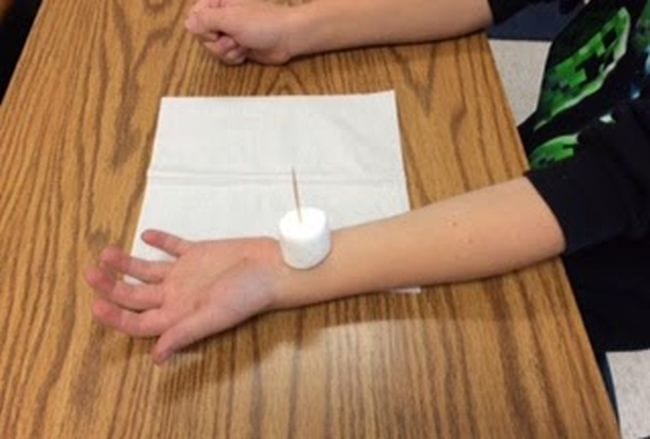
If you can get your fifth grade science class to quiet down enough for this one, they might be able to see a marshmallow jump with each beat of their hearts!
Learn more: Growing Grade by Grade
25. Discover the delights of decomposition
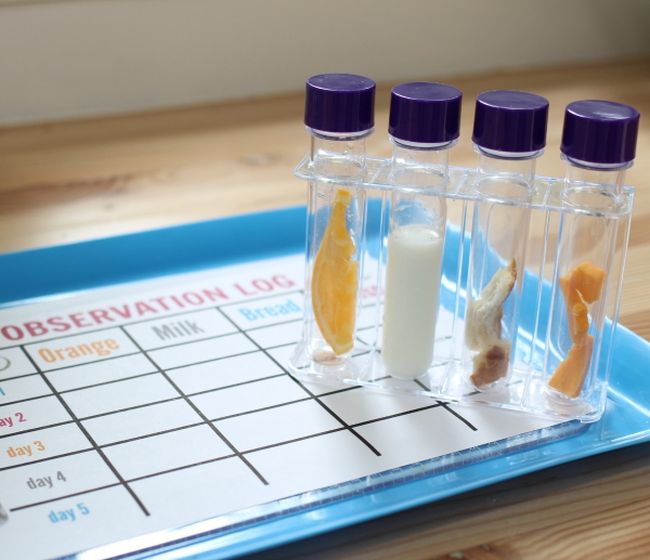
This is a good chance to apply the scientific method and practice your observation skills, using only basic kitchen supplies. Ask the question, “Which food will rot (decompose) the fastest?” Have students hypothesize, observe, and then report their findings. Get a printable observation sheet at the link below.
Learn more: No Time for Flash Cards
26. Mix up some magic sand
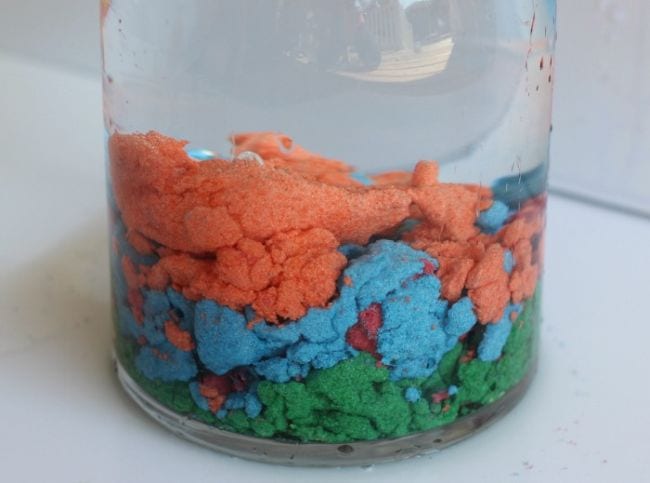
What if you could make sand that was “afraid” of water? This fifth grade science experiment uses waterproofing spray to create you-gotta-see-it-to-believe-it hydrophobic sand.
Learn more: Teaching Mama
27. Make your own bouncy balls
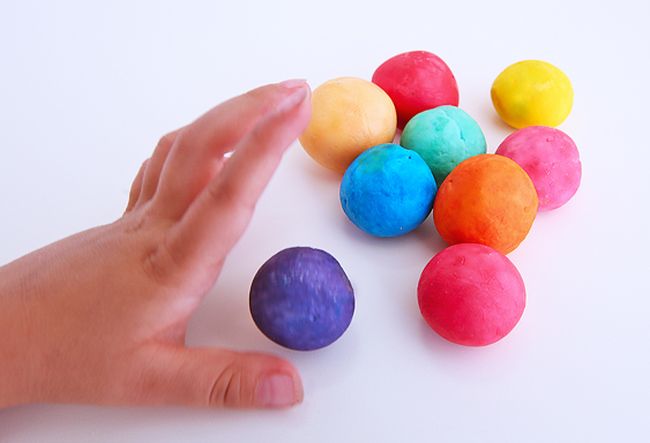
Here’s another use for that borax you bought for making slime: homemade bouncy balls! Students learn about polymers as they mix borax with cornstarch, glue, and water in this playful experiment.
Learn more: Babble Dabble Do
28. Make a foil bug walk on water
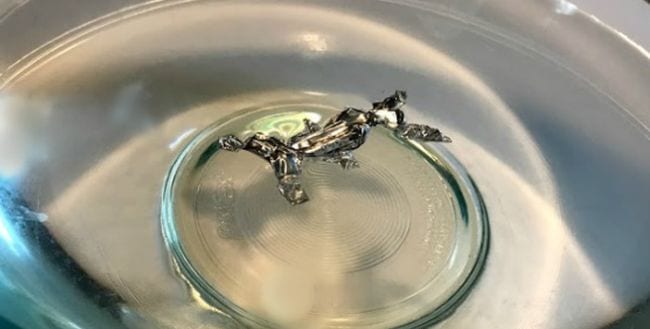
Surface tension allows water striders to dance across the surface of the water. Re-create this scientific phenomenon with little “bugs” made of aluminum foil.
Learn more: The Homeschool Scientist
29. Assemble Archimedes’ screw
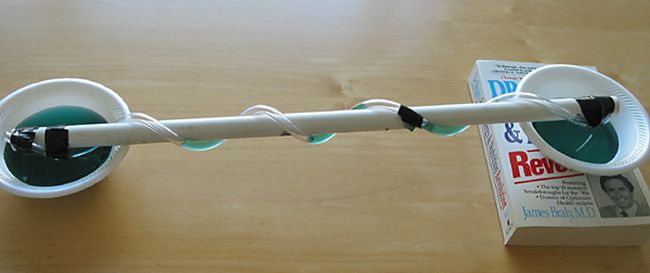
It’s amazing how often science looks like magic—until you understand the principles behind it. Such is the case with the simple pump known as Archimedes’ screw. Learn how it works and how to build one with your class at the link below.
Learn more: Science Buddies/Archimedes’ Screw
30. Find out how bile breaks down fat
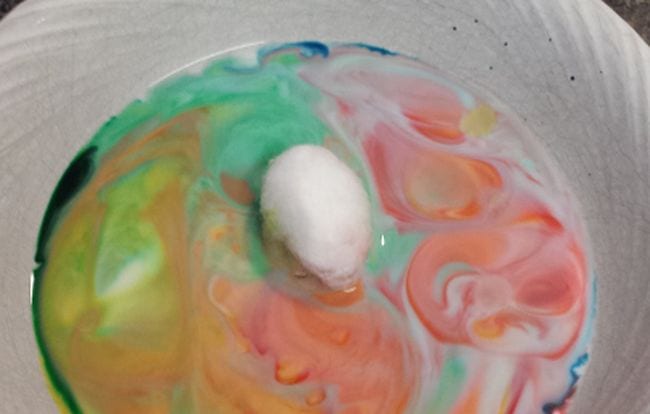
Learning about the digestive system? This fifth grade science demo explores the purpose of the bile produced by the liver, which breaks down fat.
Learn more: Simple Southern
31. Blow up a balloon—without blowing
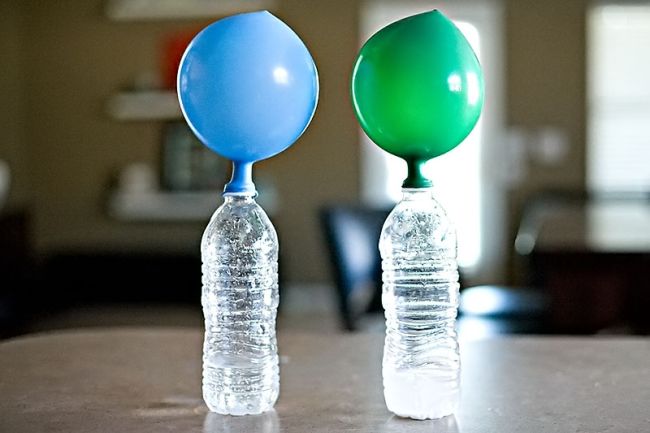
This is the classic science experiment that helps you teach the reactions between acids and bases. Fill a bottle with vinegar and a balloon with baking soda. Fit the balloon over the top, shake the baking soda down into the vinegar, and watch the balloon inflate.
Learn more: All for the Boys
32. Use rubber bands to sound out acoustics
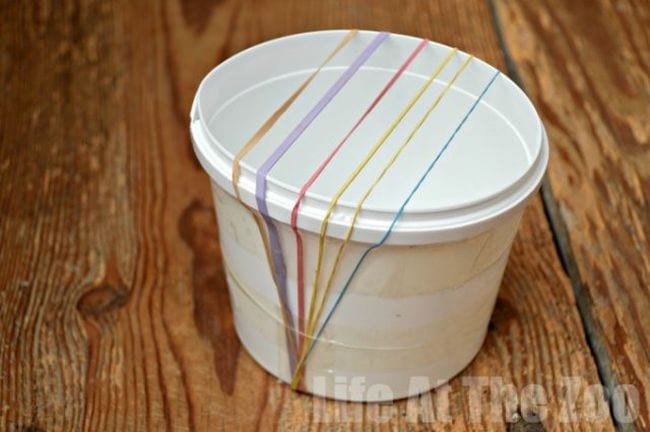
Explore the ways that sound waves are affected by what’s around them using a simple rubber band “guitar.” (Your students will absolutely love playing with these!)
Learn more: Science Sparks/Rubber Band Guitar
33. Study water filtration
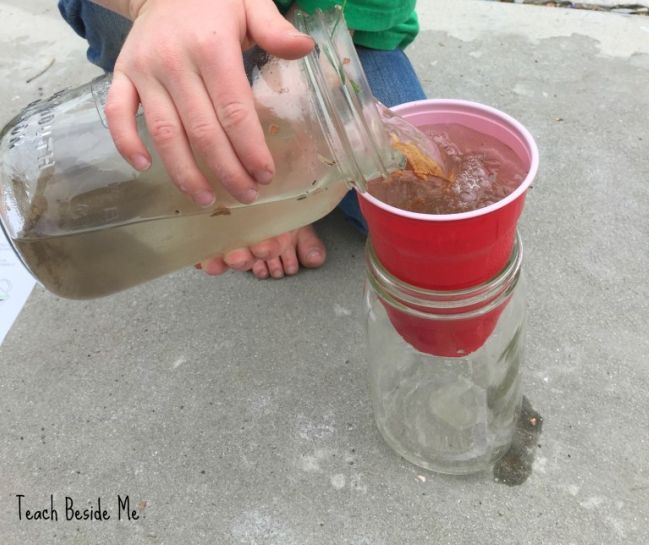
See the process of water purification firsthand. Layer coffee filters, sand, and gravel in the bottom of an empty cup punched with holes. Place the cup in an empty jar, pour in dirty water, and watch what happens.
Learn more: Teach Beside Me/Water Purification
34. Discover density with hot and cold water
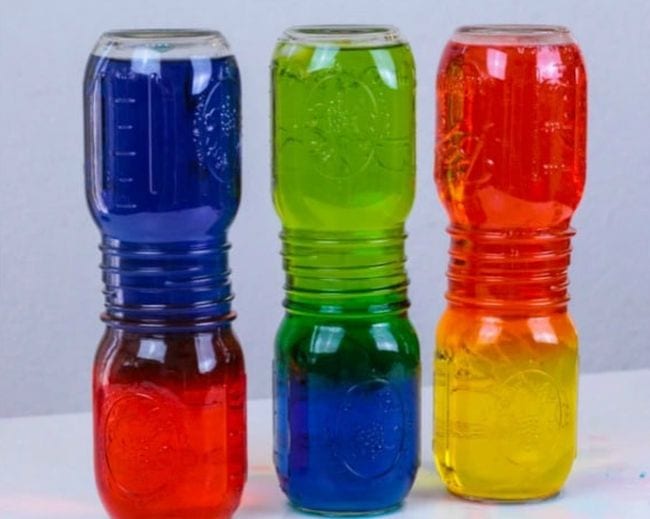
There are a lot of cool science experiments you can do with density. This one is extremely simple, involving only hot and cold water and food coloring.
Learn more: STEAMsational/Hot and Cold Water Density
35. Learn to layer liquids
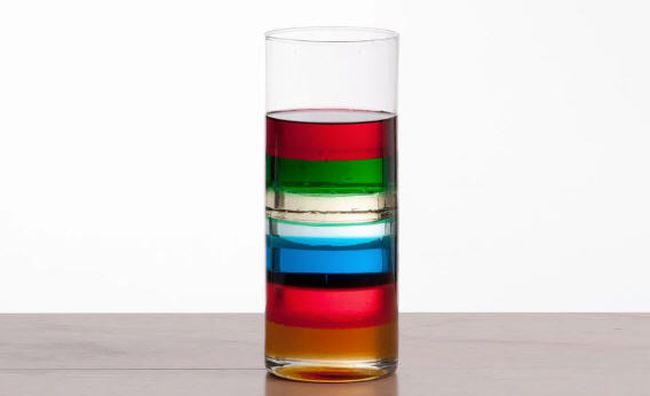
This density demo is a little more complicated, but the effects are spectacular. Slowly layer liquids like honey, dish soap, water, and rubbing alcohol in a glass. Your fifth grade science students will be amazed when the liquids float one on top of the other like magic (except it is really science).
Learn more: Wonder How To
36. Light(ning) it up indoors
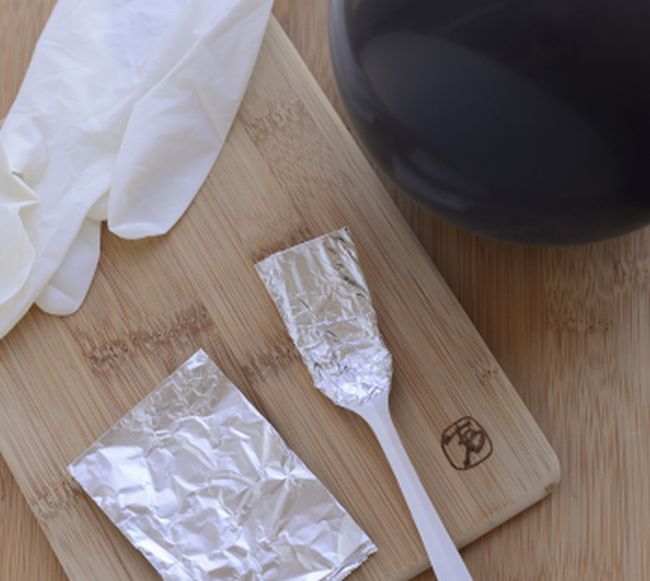
On a cool, low-humidity day, use a foil-covered fork and a balloon to create a “lightning storm” in your classroom. Turn down the lights to give students a better view of the static electricity you’re creating.
Learn more: Education.com/Indoor Lightning
37. Find out if a dog’s mouth is cleaner than a human’s

Settle an age-old debate with this fifth grade science project. Collect saliva (from both humans and canines) with cotton swabs and place each sample in labeled petri dishes. Check the bacterial colonies in each and compare the results.
Learn more: Sciencing
38. Recycle newspaper into an engineering challenge
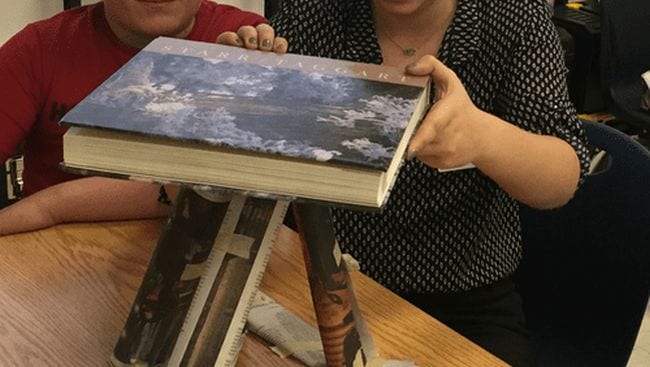
It’s amazing how a stack of newspapers can spark such creative engineering. Challenge students to build a tower, support a book, or even build a chair using only newspaper and tape!
Learn more: STEM Activities for Kids
39. Preserve apple slices
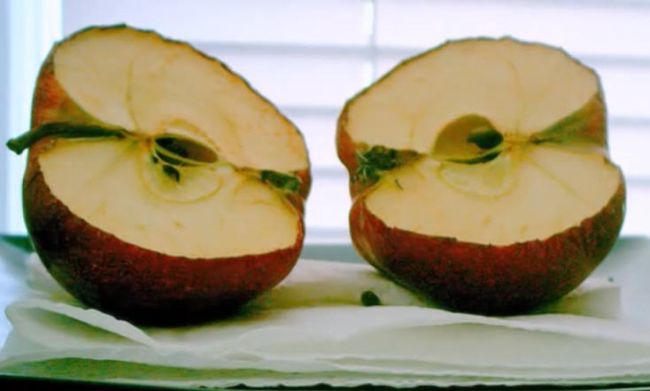
Investigate oxidation and enzymes by determining which food preservation methods work best on apple slices. This observational project is a simple way to apply the scientific method in the classroom.
Learn more: Science Buddies/Apple Oxidation
40. Explore basic genetics
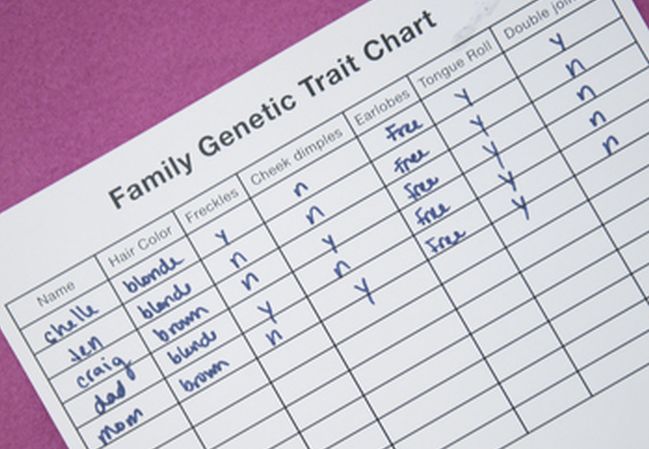
Send your students on a quest to find out more about their genes and inherited traits. The link below includes a printable chart they can use to learn about recessive and dominant genes.
Learn more: Education.com/Inherited Traits
41. Design a biosphere
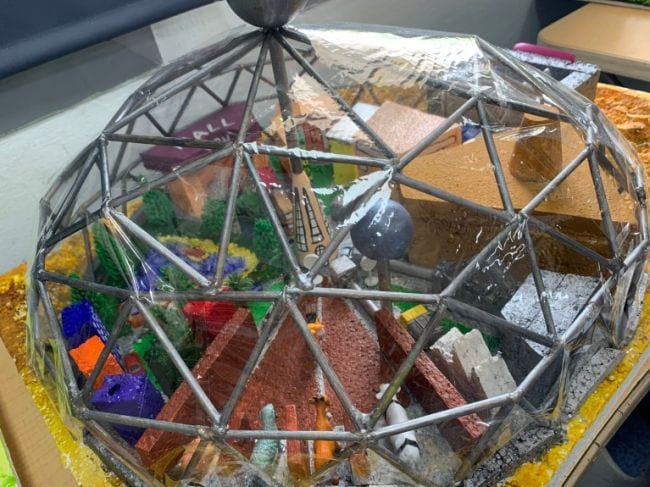
This project really brings out kids’ creativity and helps them understand that everything in a biosphere is really part of one big whole. You’ll be overwhelmed by what they come up with!
Learn more: Laney Lee
42. Create convection currents
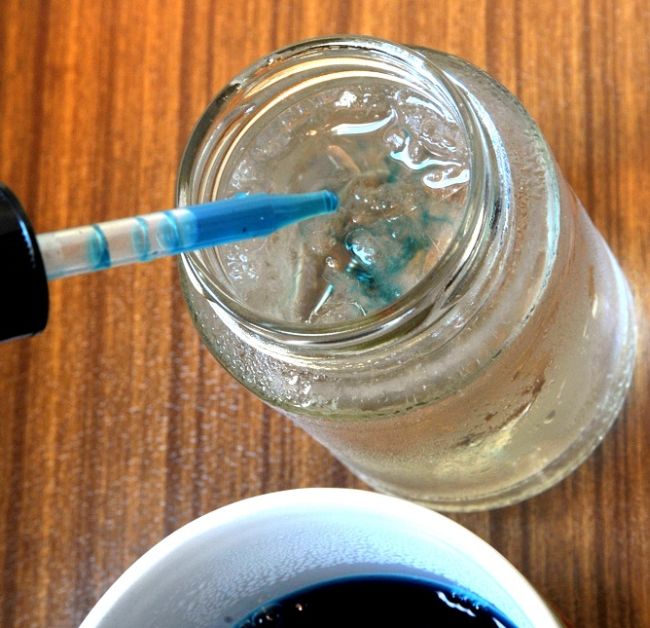
This easy experiment uses hot and cold liquids and some food coloring to explore the thermal and kinetic energy that creates convection currents. Take things a step further and research how convection currents work in large bodies of water, like oceans.
Learn more: Education.com/Heat Convection
43. Sink or swim with soda cans
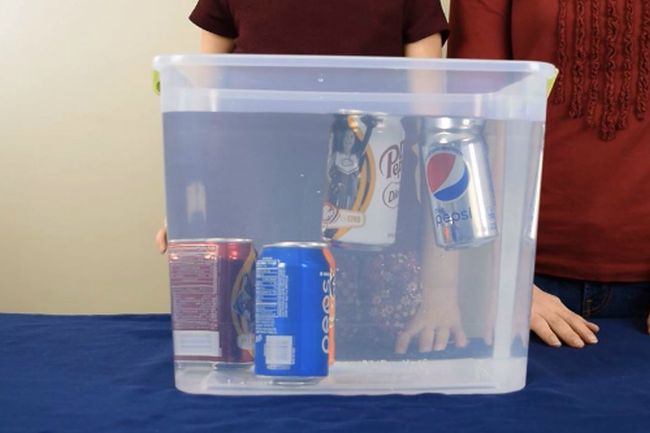
Here’s another easy density experiment. Place unopened cans of regular and diet soda into a bin of water to see which float and which sink. The differences are due to the use of sugar and artificial sweeteners.
Learn more: Cool Science Experiments HQ/Sink or Swim
44. Construct a homemade lava lamp
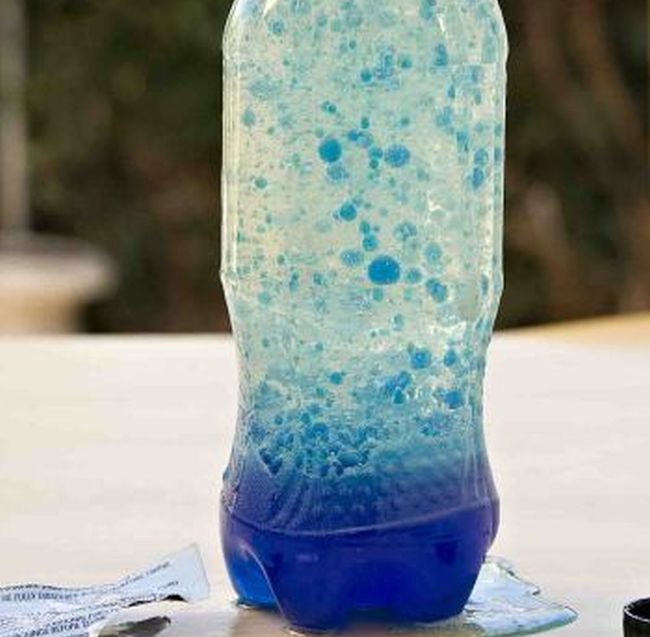
This 1970s trend is back—as a fifth grade science project! Learn about acids and bases while putting together a totally groovy lava lamp.
Learn more: Education.com/Lava Lamp
45. Whip up a tornado in a bottle
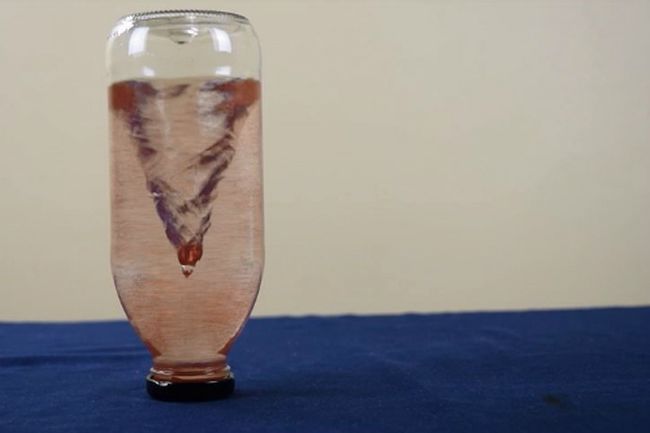
There are plenty of versions of this classic science experiment out there, but we love this one because it sparkles! Students learn about the vortex and what it takes to create one.
Learn more: Cool Science Experiments HQ/Tornado in a Bottle
46. Construct a sturdy bridge
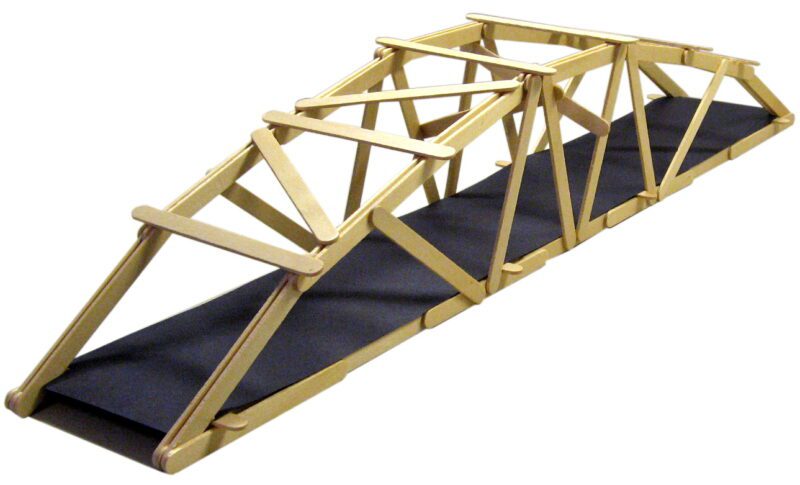
To design a safe bridge that meets the needs of the community, engineers must understand the capabilities and limitations of the bridge. This project is great for budding fifth grade engineers as they simulate constructing a bridge that serves its purpose and keeps community members safe.
Learn more: Education.com
47. Measure heat capacity of different liquids
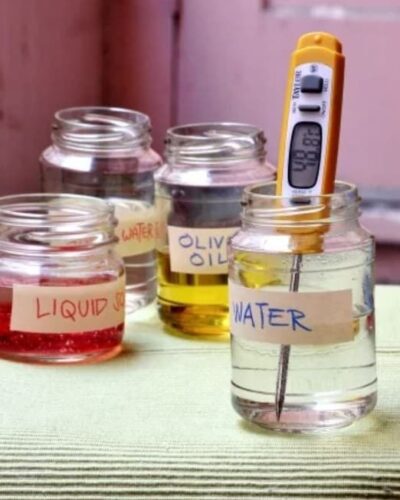
Your students will venture into the world of chemistry with this experiment that tests the heat capacity of different liquids, such as salt water, olive oil, and liquid soap, using a hot plate. They’ll incorporate math into their experiment when they plot their results!
Learn more: Education.com
48. Investigate osmosis with gummy bears
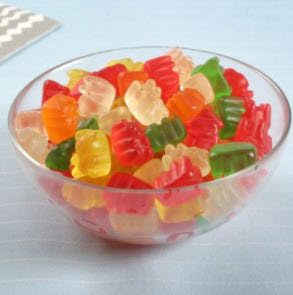
Gummy bears are not only tasty, but they can also help teach your fifth graders about the concepts of osmosis and equilibrium as well as solvents and solute.
Learn more: Homeschool.com
49. Chill with the fresh taste of mint
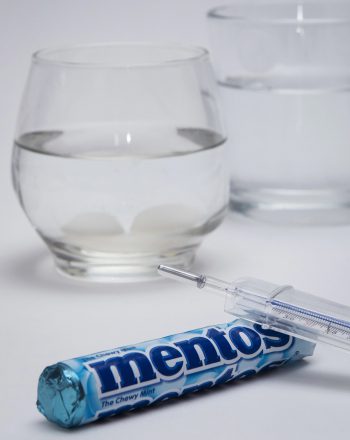
(Photo by Erika P. Rodriguez ©2013)
Here’s a cool experiment … literally! We use mint in our toothpaste for “fresh” breath and use mints during tests to boost our concentration, but does mint actually lower the temperature?
Learn more: Education.com
50. Replicate a sunset
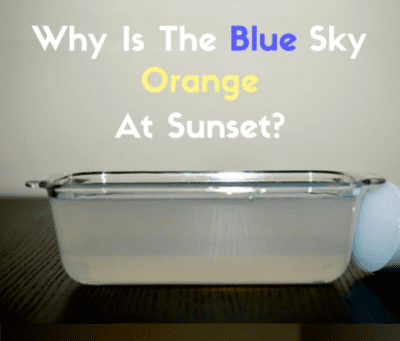
With just water, milk powder, a flashlight, and a glass dish, your fifth graders will investigate why the sky appears to change colors as the sun sets.
Learn more: Rookie Parenting
51. Defy gravity with floating water
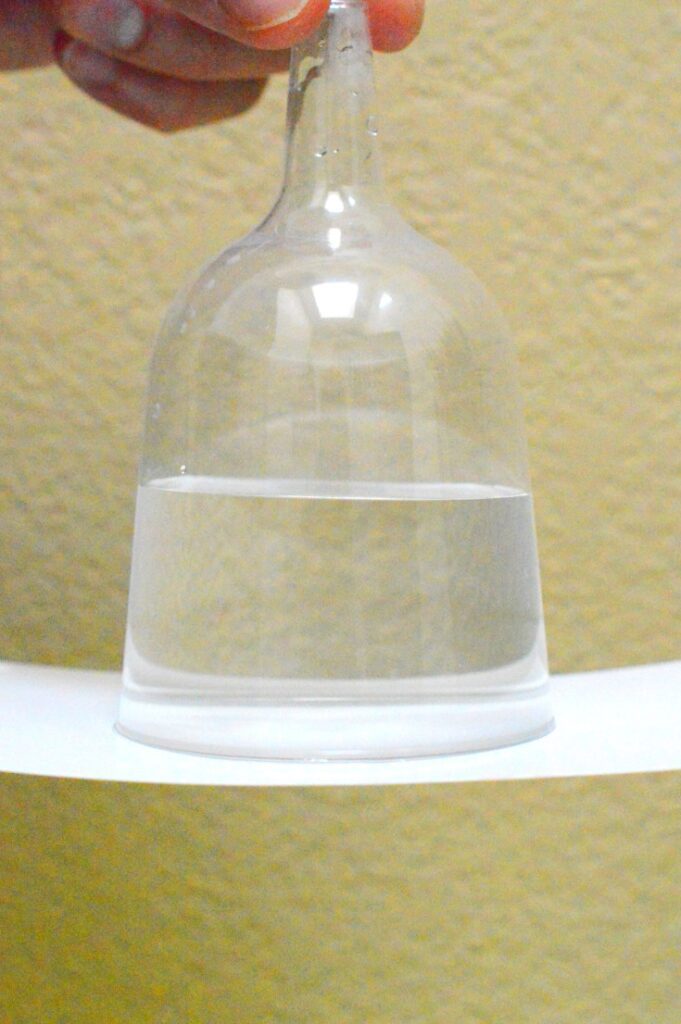
This one might cause a bit of a mess, but it’s only water, and it’s all in the name of your students discovering air pressure. All you’ll need is a cup, index card, water, and crossed fingers that your classroom doesn’t become a puddle!
Learn more: Rookie Parenting
52. Employ a rescue mission with LEGO
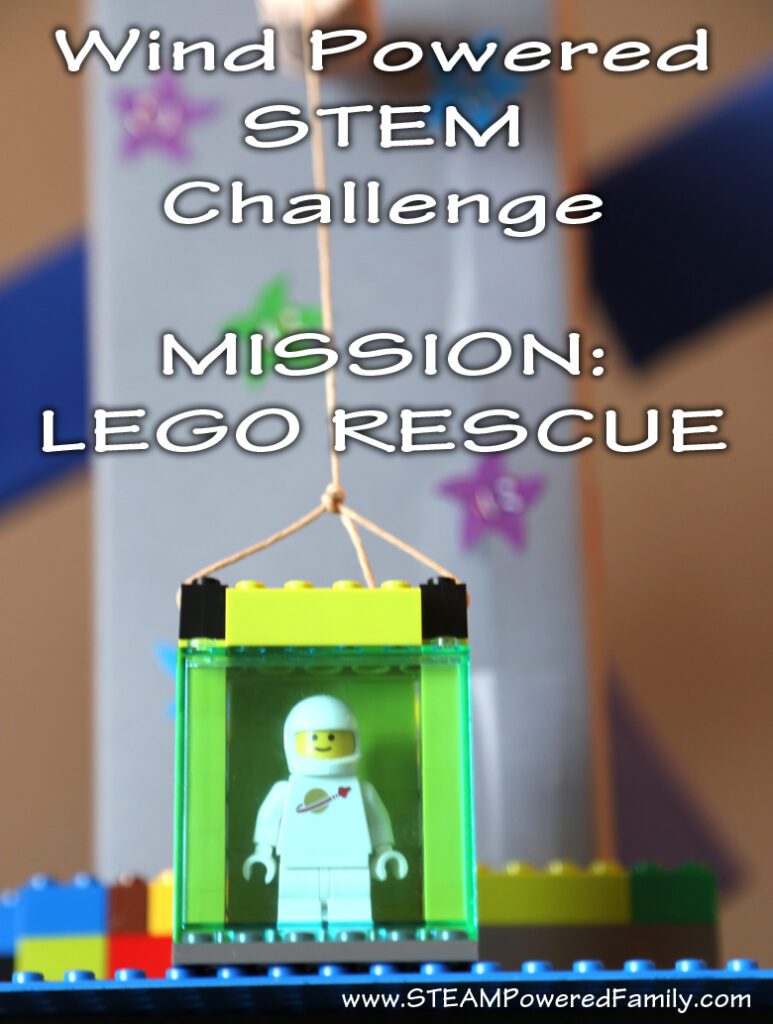
Still got your LEGO bricks from the zip-line your students constructed? Great! Your students can explore wind power through a rescue mission.
Learn more: Steam Powered Family
53. Model constellations
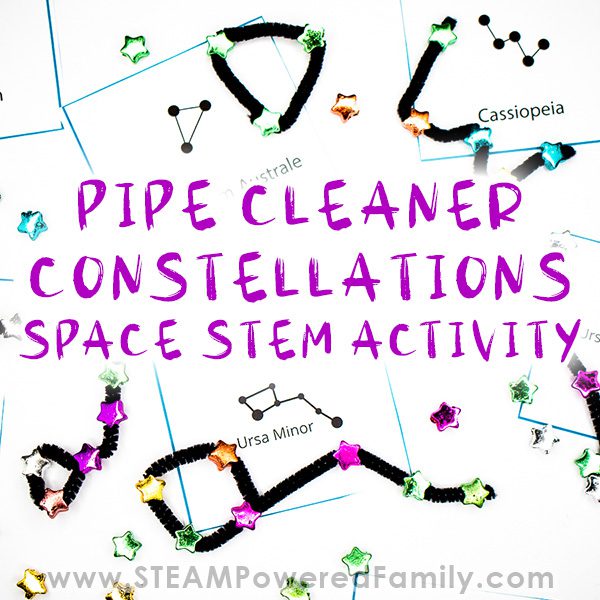
Space delights students of all ages. The mystery and mystique is intriguing, and creating a constellation out of pipe cleaners is a fun STEM activity to explore the night sky.
Learn more: Steam Powered Family
54. Munch on statistical M&Ms
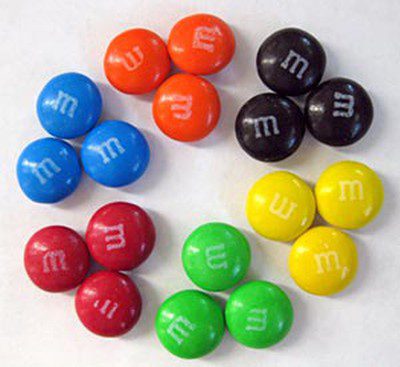
This sweet experiment would make Forrest Gump proud. Students will explore statistics and make predictions by counting the number of different colors of chocolate M&Ms in a bag. It will be tricky to not eat the data beforehand, but we think an M&M snack after data is documented is a good idea!
Learn more: Science Buddies
Continue the STEM learning with these Fifth Grade Math Games for Teaching Fractions, Decimals, and More.


